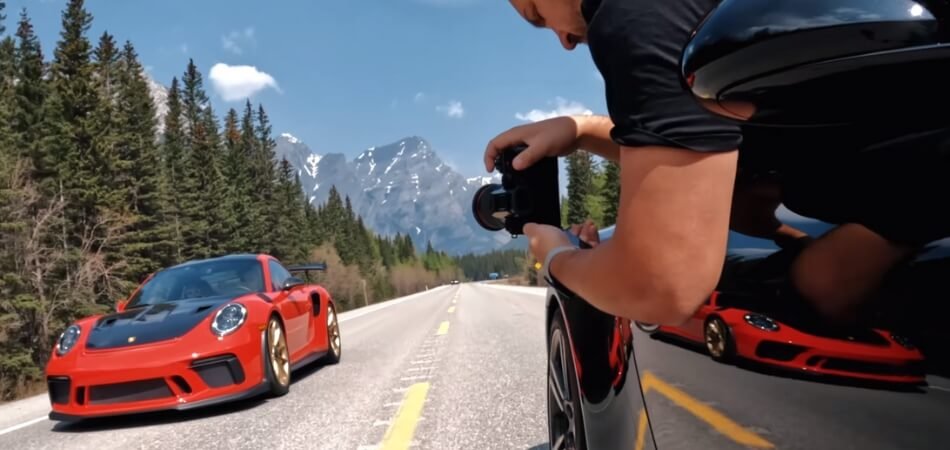Car photography is an art that captures the essence and beauty of automobiles, a feat that requires a keen eye and the right camera settings. So, if you’re wondering “What camera settings for car photography?” the response lies in mastering a few key settings.
To achieve stunning, noise-free images, opt for a low ISO, typically between 100-200. A narrow aperture, around f/8-f/11, ensures a deep depth of field, making both the car and its surroundings sharply focused.
The shutter speed should align with the lighting conditions and desired motion effect; use 1/60s for a slight blur or 1/250s and above for sharp, freeze-frame shots.
Stay tuned for more insights on capturing the perfect shot in the rest of this article.
What is Car Photography and Its Purpose?
Car photography is an art form that captures automobile essence and beauty. It’s a blend of technical skill and creativity, focusing on highlighting a car’s design, features, and overall allure. This genre of photography serves various purposes, from advertising and marketing to personal passion and artistic expression.
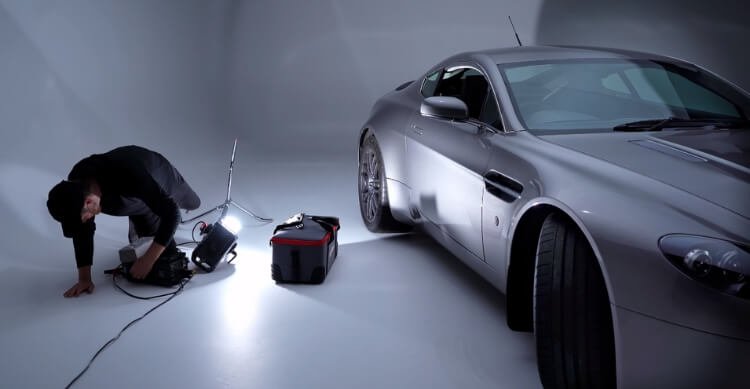
Car photography requires post-processing, where advanced car image editing comes into play. These editing enhance the images, correcting imperfections and bringing out the vehicle’s best features. The purpose here is to create visually stunning photographs that grab attention and evoke emotions.
Taking car photos is all about telling a story and capturing the unique character of each vehicle. It’s about showcasing the car in the best possible light, whether for commercial purposes or as a form of artistic expression. This type of photography celebrates automobile beauty but also serves as a visual record of automotive history and innovation.
Different Types of Car Photography
The field of car photography offers a variety of styles, each offering a different perspective on these mechanical marvels. Photographers use a variety of techniques to showcase cars’ features, from their sleek design to their raw power. The following are some of the most popular types of car photography:
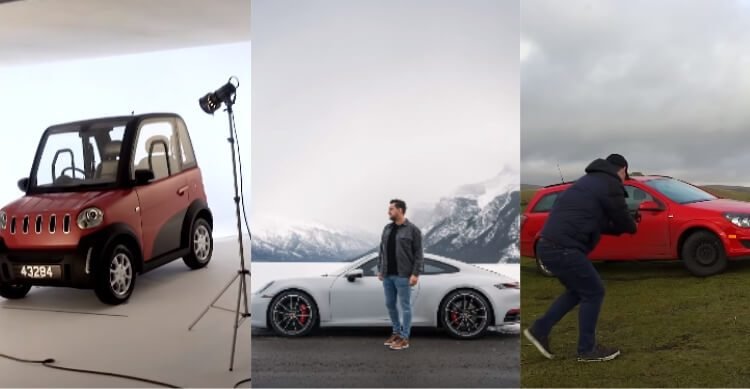
Studio Car Photography
This type involves photographing cars in a controlled studio environment. Lighting is carefully arranged to accentuate the car’s curves and details. The background is usually neutral, ensuring the focus remains on the vehicle. Studio shots are often used for advertising and promotional materials.
Outdoor Car Photography
Photographers use natural light and scenic backdrops in this style. Outdoor settings provide a more dynamic and realistic context for the car. The time of day and weather conditions play a crucial role in achieving the desired mood. This type is popular for editorial shoots and personal portfolios.
Action Car Photography
Capturing cars in motion, action photography showcases vehicle performance and speed. Panning techniques blur the background while keeping the car in sharp focus. Timing and positioning are crucial to convey motion. This style is commonly seen in motorsport events and car reviews.
Detail Car Photography
This type features the intricate details of a car, highlighting its craftsmanship and design. Close-up shots of the interior, engine, or specific features are common. Detail photography is used to draw attention to the luxury or technological aspects of a vehicle. It’s often featured in car magazines and brochures.
Lifestyle Car Photography
This style blends the car with everyday life, creating relatable and aspirational images. The car is photographed in settings that reflect its intended use or target audience. Lifestyle photography tells a story and connects the car with potential buyers’ emotions. It’s used in social media campaigns and lifestyle magazines.
Crucial Elements that Make Car Photography Different
Car photography is a specialized genre that combines artistry with technical precision. It requires a keen eye for detail and a deep understanding of automotive design. Here are some crucial elements that set car photography apart from other types of photography:
- Dynamic Composition: Composing shots in car photography involves considering vehicle lines, shapes, and proportions. A well-composed image can highlight the car’s design and create visual interest.
- Lighting Mastery: Proper lighting is essential to accentuate car features and curves. Both natural and artificial lighting is used to create the desired effect and mood.
- Color and Reflection: Cars often have reflective surfaces that add complexity to a shoot. Managing reflections and choosing the right color palette is key to making the car stand out.
- Motion Capture: Capturing a car in motion requires panning and shutter speed control. It’s crucial for conveying speed and performance.
- Attention to Detail: Focusing on the finer details of the car, like the interior or engine, showcases its craftsmanship. Detail shots reveal the quality and luxury of the vehicle.
- Post-Processing Techniques: Editing is a crucial part of car photography. Techniques like color correction, retouching, and compositing enhance the final image.
What Camera Settings for Car Photography?
To take great photos of cars, you need to know how to use your camera settings well. Getting these settings right can turn a normal car photo into an amazing one. Here are the key camera settings to consider for car photography:
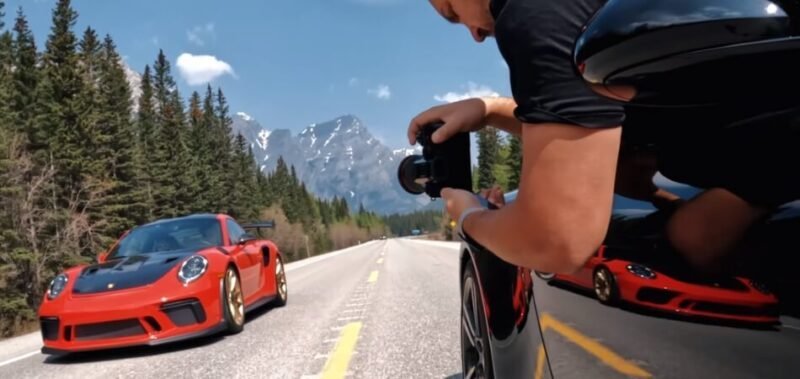
ISO Setting
The ISO should be kept as low as possible when taking photos of cars, ideally between 100 and 200. This minimizes noise and ensures sharp, clear images. In well-lit conditions, a low ISO is sufficient. However, in low light, you may need to increase the ISO but be mindful of the resulting noise.
Aperture Setting
A narrow aperture, such as f/8 to f/11, is ideal for car photography. This provides a deep depth of field, ensuring that the entire car is in focus. It also helps capture fine details and textures. For creative shots with a blurred background, a wider aperture like f/2.8 can be used.
Shutter Speed
The shutter speed depends on the desired effect. For stationary cars, a speed of 1/60s to 1/125s is usually sufficient. For action shots, a faster shutter speed of 1/500s or higher is needed to freeze motion. Panning shots require slower speeds, like 1/30s, to blur the background while keeping the car sharp.
White Balance
Accurate white balance is crucial to ensure the car’s colors are true to life. In most cases, the auto white balance setting works well. However, for specific lighting conditions, manually adjusting the white balance can yield better results. This helps avoid color casts that can detract from the car’s appearance.
Focus Mode
Autofocus with single-point focus is recommended for car photography. This allows you to precisely focus on a specific part of the car, such as the headlights or grille. For moving cars, a continuous autofocus mode can help keep the car sharp as it moves.
Drive Mode
The single-shot drive mode is suitable for static shots. However, for capturing cars in motion, burst mode or continuous shooting mode is ideal. This allows you to take multiple shots in quick succession, increasing the chances of getting the perfect shot. It’s especially useful for action-packed scenes like races or dynamic driving shots.
Is it a Good Idea to Find the Right Camera Settings for Car Photography?
Yes, finding the right camera settings for car photography is crucial, especially when you’re looking to edit car pictures to enhance the beauty of your photographs.
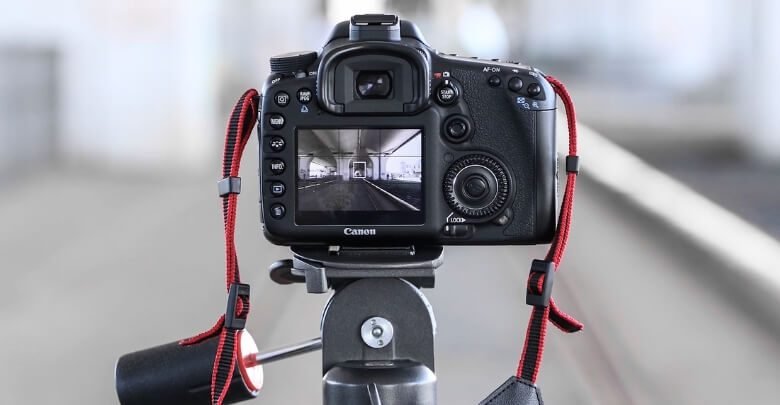
It’s the key to capturing automobile beauty, detail, and essence in a way that does them justice. The right settings ensure sharp, well-exposed images that convey the intended mood and atmosphere.
Achieving Sharpness
Proper focus and a suitable aperture setting are essential for sharp images. A narrow aperture like f/8 to f/11 ensures the entire car is in focus. This is especially important for capturing intricate details and textures of the car’s design.
Controlling Exposure
The right combination of ISO, aperture, and shutter speed is crucial for correct exposure. A low ISO minimizes noise, while the aperture and shutter speed balance the amount of light entering the camera. This ensures that the car is neither overexposed nor underexposed.
Capturing Motion
For action shots, the right shutter speed is key. A fast shutter speed freezes motion, capturing the car sharply even at high speeds. For dynamic shots with motion blur, a slower shutter speed and panning technique are used.
Depth of Field
The aperture setting also controls the depth of field. A wider aperture creates a shallow depth of field, blurring the background and making the car stand out. A narrower aperture keeps more of the scene in focus, useful for showcasing the car in its environment.
Color Accuracy
White balance settings ensure accurate colors in your photos. Adjusting the white balance according to the lighting conditions prevents color casts, making the car’s paint and details appear true to life.
Getting the right camera settings is crucial for producing high-quality car images. This lets you highlight the features of the car and convey its personality in the best possible light.
When to Look for Expert Assistance?
There are times when we all need a little help, especially when faced with challenges that are beyond our expertise. Seeking expert assistance can be a wise decision, ensuring that tasks are completed efficiently and effectively. Here are some scenarios when it’s advisable to look for expert help:
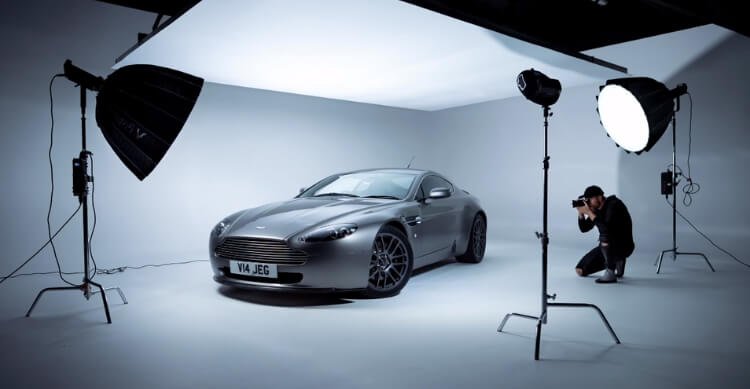
Complex Technical Issues
When you can’t solve a technical problem on your own, it’s time to seek assistance from an expert. Professionals are equipped with the knowledge and tools to diagnose and fix complex issues in a timely fashion.
You may end up wasting time and money if you try to resolve these problems yourself. Solutions like those offered by Visual Sparrow, a professional photo and video editing service provider, are safe and effective.
Specialized Skills Required
Certain tasks require specialized skills that only experts possess. Whether it’s a technical repair, a creative project, or a strategic business decision, professionals bring a level of expertise that ensures high-quality results.
Their training and experience enable them to tackle challenges that others may find daunting. Relying on their skills can save time and ensure the success of your project.
When dealing with specialized knowledge or skills, it is smart to seek expert assistance. This ensures that problems are handled correctly and efficiently, giving you peace of mind and allowing you to focus on other things.
Frequently Asked Questions about What Camera Settings for Car Photography?
Here are some of the FAQs and their relevant answers for a clear concept of what camera settings for car photography:
Should I Use a Fast Shutter Speed for Car Photography?
Yes, a faster shutter speed helps freeze motion and is ideal for capturing moving cars without blur. Try starting around 1/500th of a second and adjust as needed.
Do I Need to Use a Tripod for Car Photography?
While a tripod isn’t always necessary, it can be beneficial for long-exposure shots or when shooting in low light to ensure sharpness.
Should I Shoot in Raw Or JPEG for Car Photography?
Shooting in RAW allows for more flexibility in post-processing, especially for adjusting exposure and white balance, making it a preferred choice for many photographers.
What Focus Mode Is Best For Car Photography?
Continuous or AI Servo focus mode is recommended to track moving cars and maintain sharp focus as they move through the frame.
Should I Use Manual Or Autofocus for Car Photography?
Autofocus can be effective, especially for fast-moving subjects. However, manual focus gives you more control over the focus point, which can be useful for static shots or creative compositions.
How Can I Achieve a Blurred Background in Car Photography?
To achieve a blurred background (bokeh), use a wide aperture (low f-stop number) and a longer focal length. Positioning the car away from the background also helps create separation.
Bottom Line
Mastering the right camera settings is essential for capturing the automobile’s essence and beauty. Our exploration of “What camera settings for car photography?” reveals the importance of taking photographs with a low ISO, a narrow aperture, and an appropriate shutter speed.
These settings ensure that each photo is sharp, well-exposed, and conveys the desired motion effect. By refining these key settings and experimenting with different techniques, photographers can create stunning images that showcase a car’s design and features.
